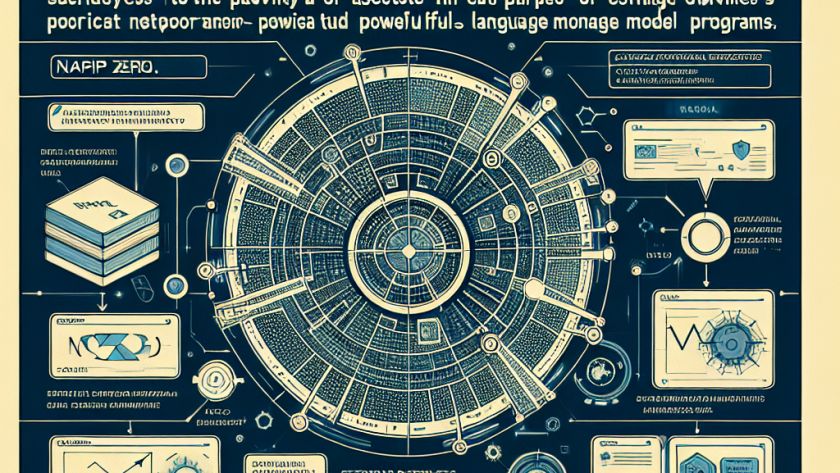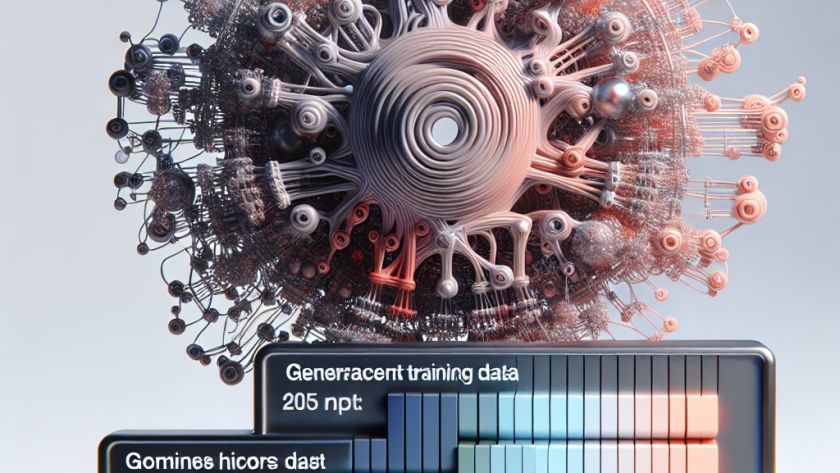Sleep monitoring is a crucial part of maintaining overall health, yet accurately assessing sleep and diagnosing disorders is a complex task due to the need for multi-modal data interpretation typically obtained through polysomnography (PSG). Current methods often depend on extensive manual evaluation by trained technicians, making them time-consuming and susceptible to variability. To address these…












